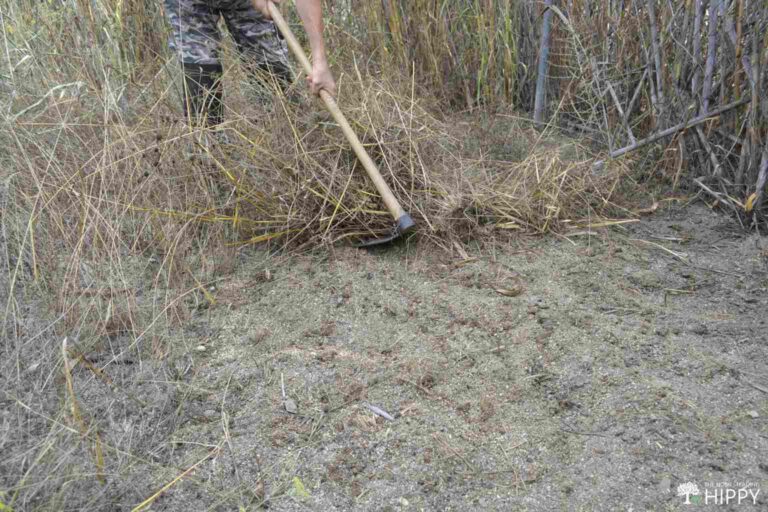It’s never too early to plan your spring garden! It’s time to resume (or start) planting, growing, and nurturing your vegetable garden as it starts to come to life.
The dream of gardening begins when the weather is still cold or snow is still on the ground.

Seed catalogs are arriving in the mail, and hands get “itchy” to start getting dirty. While it’s wonderful to be outside, digging in the garden, it can be a busy season.
Getting your garden prepared early will help make the spring a little less hectic.
Here are some quick tips to help you out with your spring garden planning.
Order summer-flowering bulbs and seeds
Summer-flowering bulbs such as Lilies and Gladiolus can be planted in early spring.
If you’re adding new vegetables to your garden this spring, this is the perfect time to order your seeds and plan a layout for your garden.
Clear up flower beds and borders
Remove leaves and other debris from your flower borders, vegetable gardens, raised beds, lawns, and ponds.
If the soil is workable you can dig a layer of organic matter, such as compost or recycled green waste, into empty garden borders.
Sow seeds that need a longer season
In February and March you can start to sow seeds of plants which may require a longer growing season. They’ll need to be grown in a heated propagator to ensure healthy growth.
Hunt down garden pests
Getting rid of hibernating pests now can save you a lot of trouble in the spring and summer. Take a close look at the crowns of your perennial plants, and look for slugs and snails sheltering for the winter.
If you haven’t cleared last year’s pots of summer bedding, do this and look for white vine weevil larvae, which live in the compost and feed on plant roots. Get rid of any you find, and be prepared to treat for vine weevils this year.
Install water butts
Install water butts in your garden to collect rainfall. This helps the environment, and the rain water is good for watering fruits and vegetables.
When installing, make sure they are positioned below a downpipe to catch the most of the rainfall.
Move deciduous shrubs
If you have a badly placed deciduous shrub, now is the time to move it while it’s dormant.
Dig a wide berth around the shrub, and try to take as much of the root ball as you can. This will cause faster growth in its new location.
When planting shrubs in a new position, be sure to place them at the same level they were before, and remember to water them well after replanting.

Create a composting area
If you don’t already have one, then it’s time to set up a compost area in your garden.
Not only will you have somewhere to put your garden waste, but your plants will reap the benefits from the rich compost created when it all breaks down.
Make sure you have a good mixture of grass clippings, vegetable peelings, paper, and wood trimmings.
To help the process along, be sure to turn your compost with a garden fork every month to keep it aerated.
To see more about ideas for composting, read about 3 bin composting here.
Planning your spring garden now will help you get a head start on a bountiful garden that you can enjoy all season long.
What are you doing to prepare for garden season?

Heather’s homesteading journey started in 2006, with baby steps: first, she got a few raised beds, some chickens, and rabbits. Over the years, she amassed a wealth of homesteading knowledge, knowledge that you can find in the articles of this blog.
Learn more about Heather and the rest of the writers on this page.

Hi Heather,
So anxious for spring around here. We need to get spuds in the ground. Snow still covers half the garden! Uhg.
Have a beautiful day.
I know winter seems long, but it DOES make us really appreciate that Spring, doesn’t it?
Great tips to get started. I’m building raised beds and hardening off the seedlings I already have started. Luckily the chickens are on bug patrol and are getting them for me!
Can’t wait to hear how your garden goes!! Keep me posted!